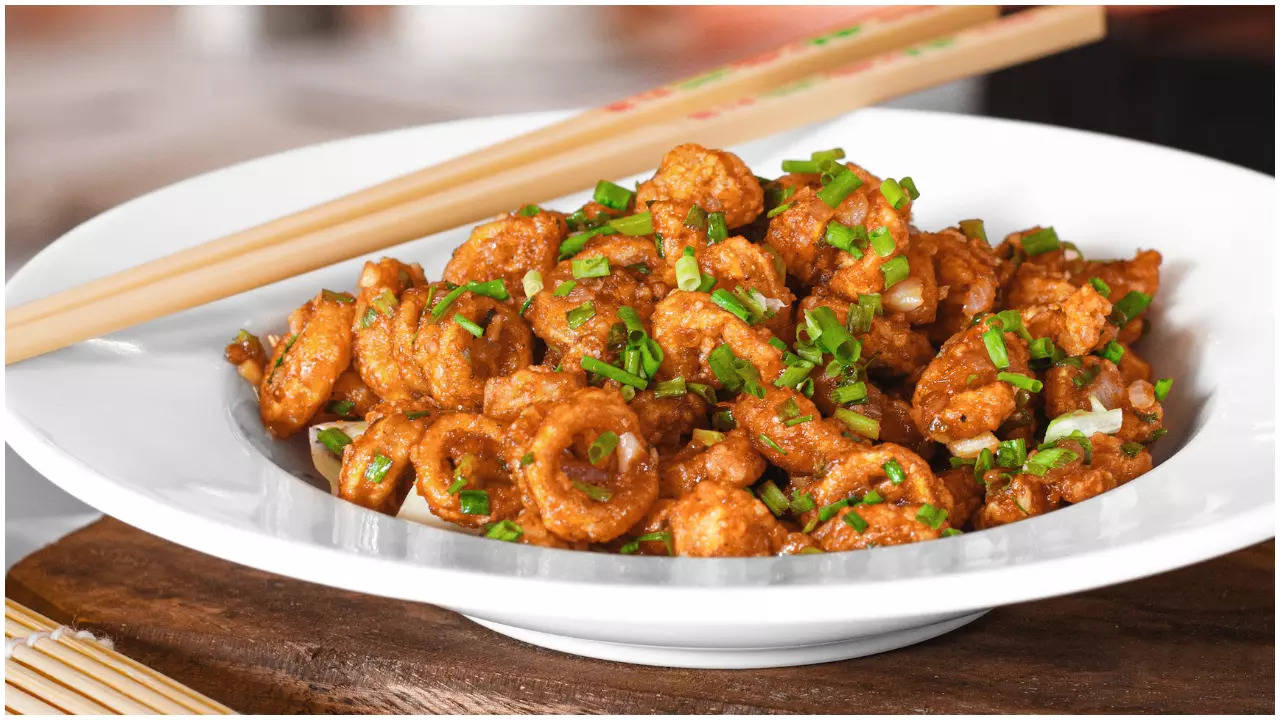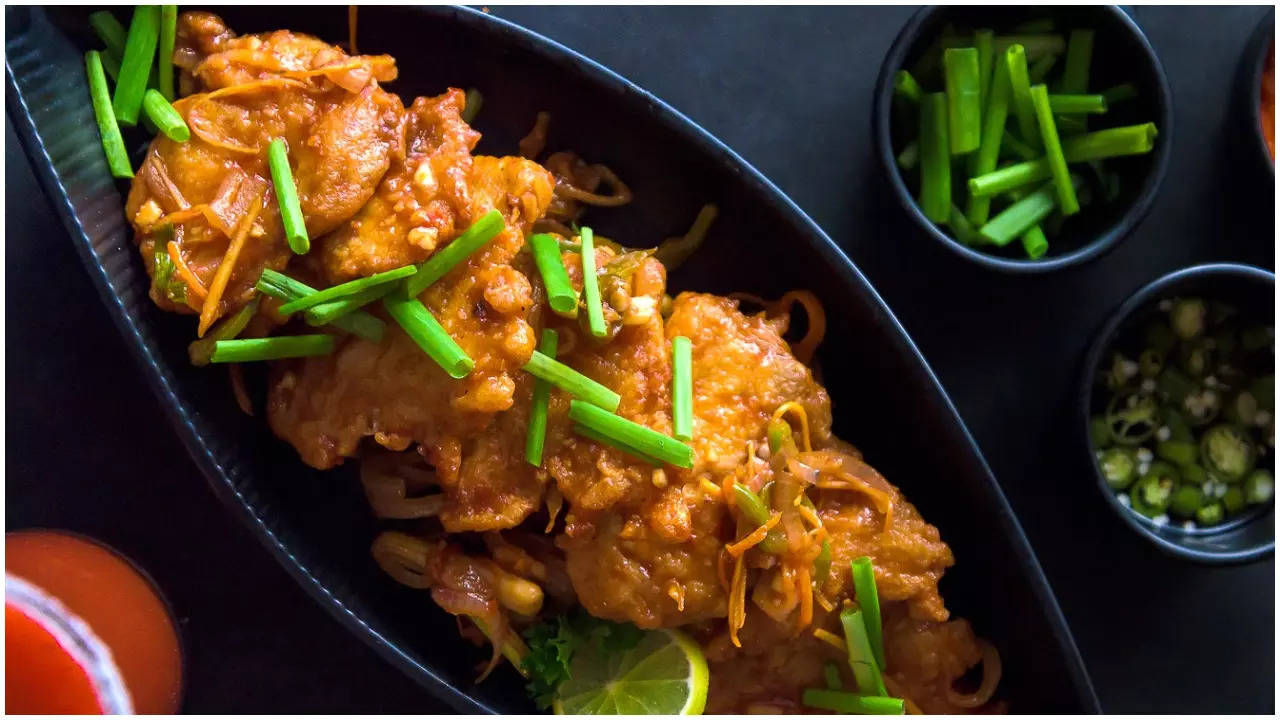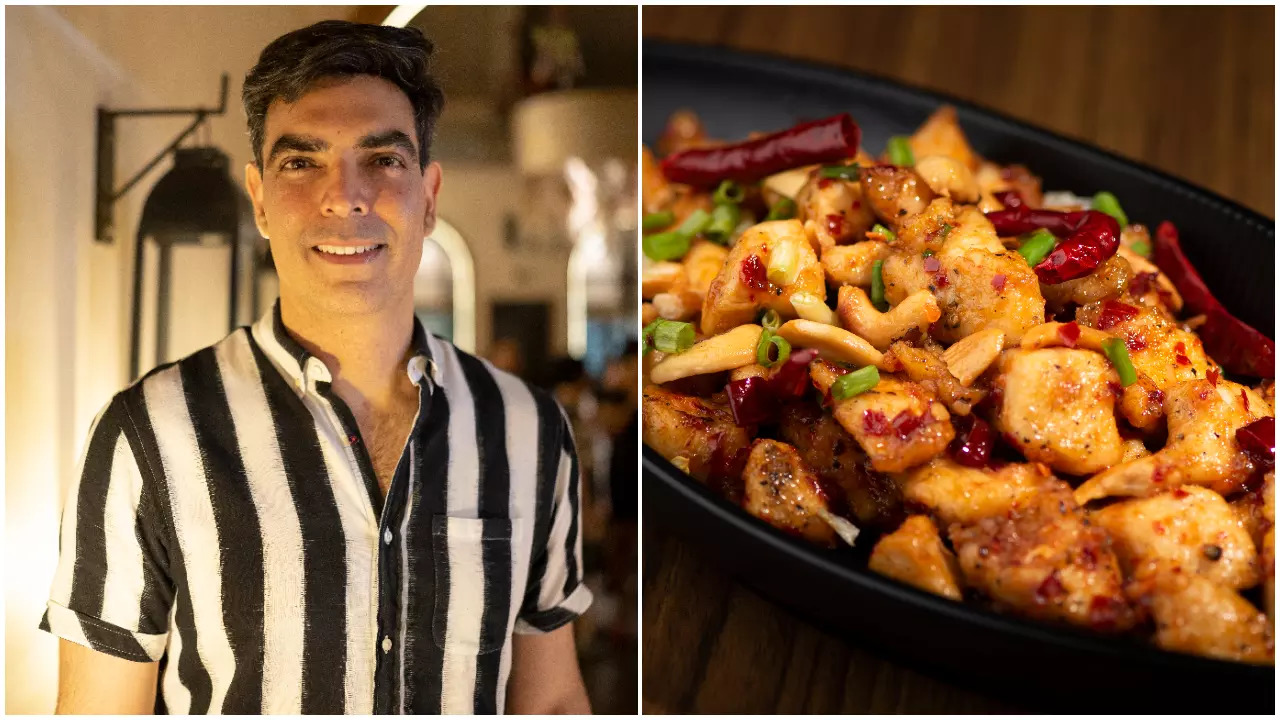Anand Puri, third generation owner of the iconic Trincas restaurant in Kolkata
When I was fourteen and in school in CalcuttaI once made the mistake of stealing a piece of what I thought was spicy chicken from a Chinese child’s lunch box. I popped it into my mouth and enjoyed the salty, umami flavors of the soy sauce, all the while wondering where the chilies, bell pepper, and onions were. Before long, I realized that this piece of chicken was not what I expected. It was tough and bony, and part of it popped. Gagging slightly, I quickly spat the morsel out. To this day, I still wonder what the dish was (and whether I had inadvertently put a chicken head in my mouth).
Several years later, on a trip to China with a friend, we tried many dishes that remain a mystery, including one that looked like hot and sour soup but was actually a thick brown sauce with garlic; another dish was supposed to be fish schezwan but came in a soup cauldron and had a layer of oil and chili peppers floating on top. Both dishes were very different from what we expected.
Clearly, Indian-Chinese food is just an inspired and watered-down version of a small part of the enormous variety that is authentic. Chinese cuisineDesi Chinese cuisine has its roots in Kolkata, and Kolkata has played a huge, albeit silent, role in the evolution of food culture in India over the last century and a half.
Gateway city
It all began with Chinese immigrants who set up a sugar refinery south of British Calcutta in the late 18th century. When the factory closed, its several dozen employees and their families moved to the nearest town and established India’s first Chinatown in Tiretti Bazaar in central Calcutta. This was followed by subsequent waves of Chinese immigrants who, due to war and famine in their home countries, sought an opportunity to resettle in this burgeoning capital of British India.

In the decades that followed, men worked as carpenters, tanners, dentists, and dyers, and women often kept house and supplemented their income by selling food. What began as enterprising housewives selling steamed buns and fishball soup (the “Chinese breakfast”) on crowded sidewalks slowly evolved into humble restaurants and then into something more…
The Indianization of Chinese Cuisine
Cantonese and Hakka Immigrants had brought their cooking methods with them to Calcutta, but they couldn’t always access the ingredients they needed. Dishes like “Chowmein” noodles were reinvented and stir-fries replaced exotic meats (often) with chicken or local red meat; broths became more “gravy”-like; readily available spices added a special touch to recipes and subtle herbs that couldn’t be found were often substituted or replaced; and so began the Indianization of dishes. Over the next century, “Chinese food” would spread to other Indian metropolises and then to small towns, becoming an integral part of the Indian culinary landscape. To put things into perspective as to how far we’ve come, in the 19th century, most Calcuttans (and Indians) had never tried noodles, soy sauce or chopsticks.
Percolating through society
In British Calcutta in the 1920s, the glamorous Nan King restaurant was born, with its violins and exquisite furnishings, Chinese food on a pedestal and turned it into an exotic and sought-after spot for the city’s elite. Nearby, the less glamorous but equally delicious Eau Chew opened its doors. Tiretti Bazaar and its environs now ran the gamut from humble food carts to fine Chinese restaurants, accelerating the adoption of this adventurous cuisine by locals.
In the following decades, Indianized Hakka Chinese and Cantonese food made its way into the mainstream of Calcutta. Establishments such as Jimmy’s Kitchen, Waldorf and Chung Wah sprang up. The success of these stalwarts gave other Indian cities the confidence to open their own, now legendary, establishments. Often, the chefs and owners were from Calcutta, such as Bombay’s Golden Dragon.
The mass appeal of Chinese food
Tangra, Calcutta’s second Chinatown, which grew up around Chinese-run tanneries, began to gain culinary prominence in the 1980s. Kafulok and Kim Fa were home-style dining experiences that were particularly popular, relatively cheap and highly accessible to a growing middle class that could not regularly afford the fancier restaurants in the heart of the city.
A similar “democratisation” was taking place on Kolkata’s main food thoroughfare, Park Street. Ming Room by Trincas had opened its doors and started a new trend: it had added Indianised Sichuan flavours to the city’s existing offering of Cantonese and Hakka food. Ming Room was the first “Sichuan-inspired” restaurant in Kolkata and was significantly cheaper and more accessible than the Taj Hotel’s two signature restaurants in Delhi and Mumbai. Suddenly, the spicy flavours of Schezwan chilli garlic sauce and chilli garlic noodles were in high demand!

It was evident that Chinese food in Calcutta in the 1980s had reached its peak popularity by democratising its offering to suit all budgets. This proved the viability of these flavours to satisfy the Indian palate. Restaurants across the country began to adopt some cult followings. Chinese dishes And adding them to your repertoire, spicy chicken and its vegetarian counterpart, spicy paneer, are top on that list!
If you think about it, all the multi-cuisine restaurants in India serve Indian dishes with a touch of continental and Chinese cuisine. Indian food appears on street corners, in school canteens and at Indian weddings. The culinary adventure that started in Kolkata has gone national.
In the 2020s, “Szechwan,” “Schezwan,” or “Sichuan” flavors can be found in everything from dosas to packaged chips and bhel. Food manufacturers have gotten into the game, and desi Chinese food has now become truly integrated into India’s flavor palette.
For a city that is very loud with its food, Calcutta Unwittingly, a rather quiet food revolution has begun. Sometimes, all it takes is circumstance and a few curious adventurers… However, I would caution you against stealing spicy chicken from a Chinese child’s lunchbox!
This article was written by Anand Puri, the third generation owner of the iconic Trincas restaurant in Kolkata. This is his way of expressing himself on the topic in his own words.
Disclaimer:
The information contained in this post is for general information purposes only. We make no representations or warranties of any kind, express or implied, about the completeness, accuracy, reliability, suitability or availability with respect to the website or the information, products, services, or related graphics contained on the post for any purpose.
We respect the intellectual property rights of content creators. If you are the owner of any material featured on our website and have concerns about its use, please contact us. We are committed to addressing any copyright issues promptly and will remove any material within 2 days of receiving a request from the rightful owner.

